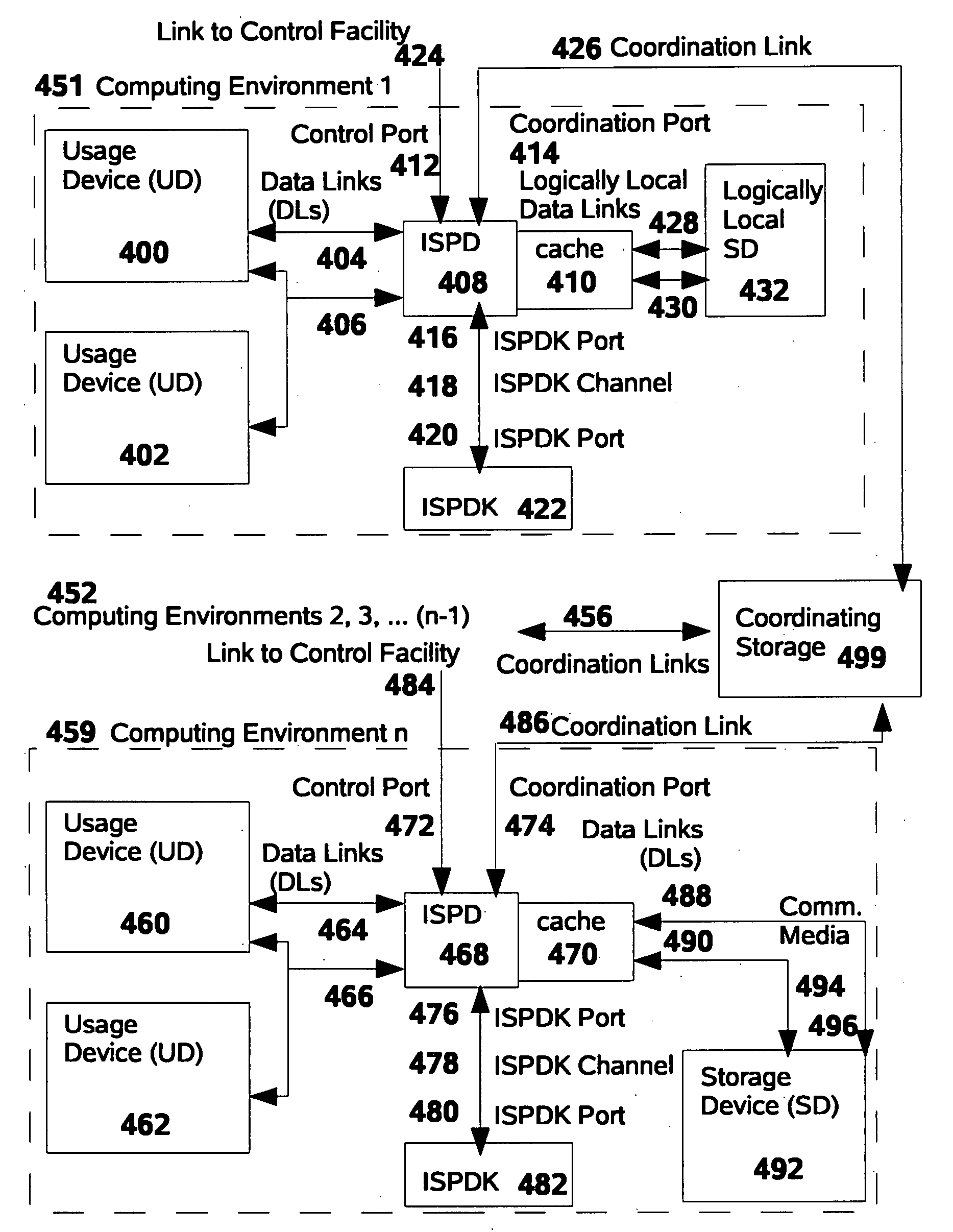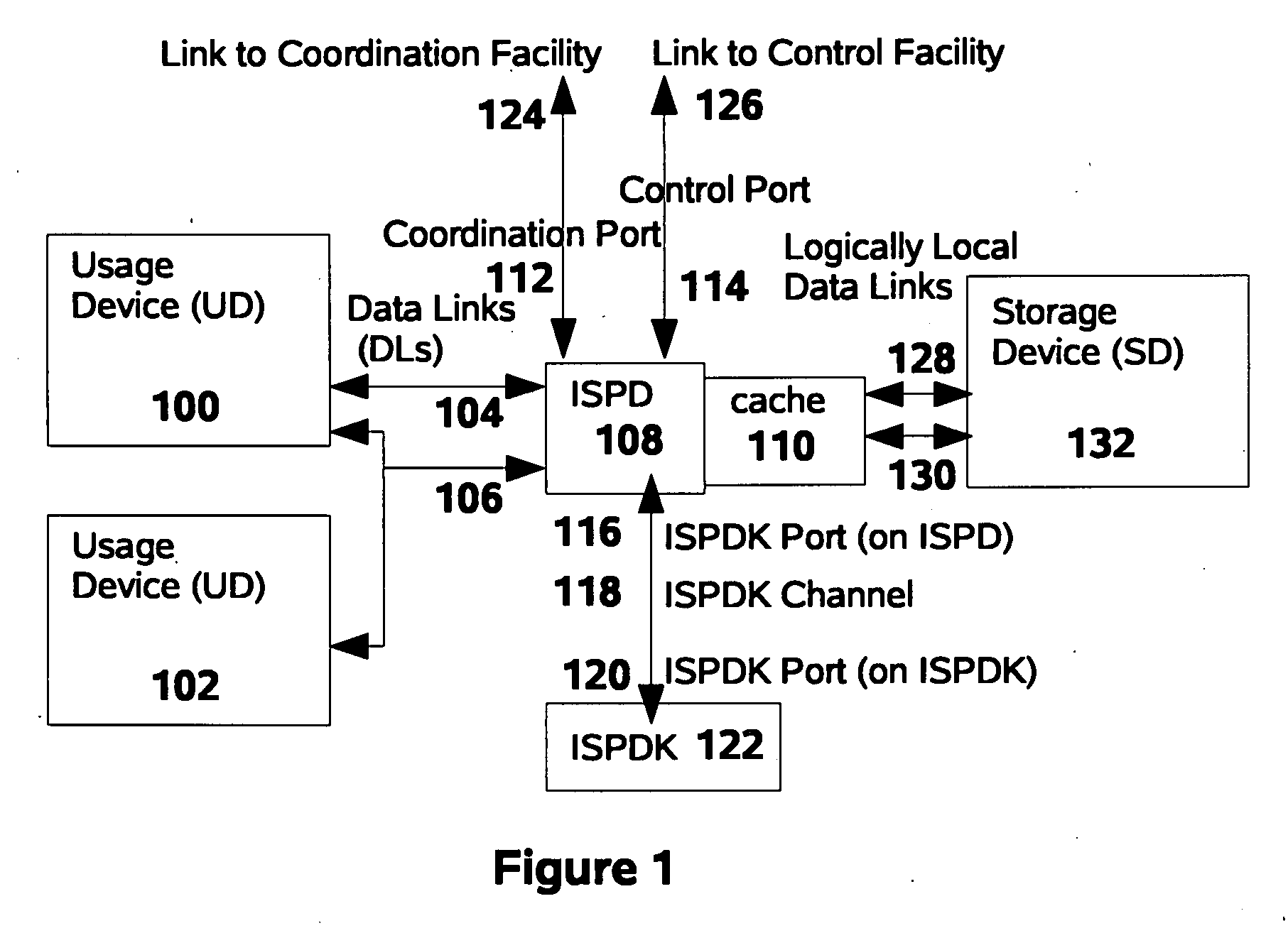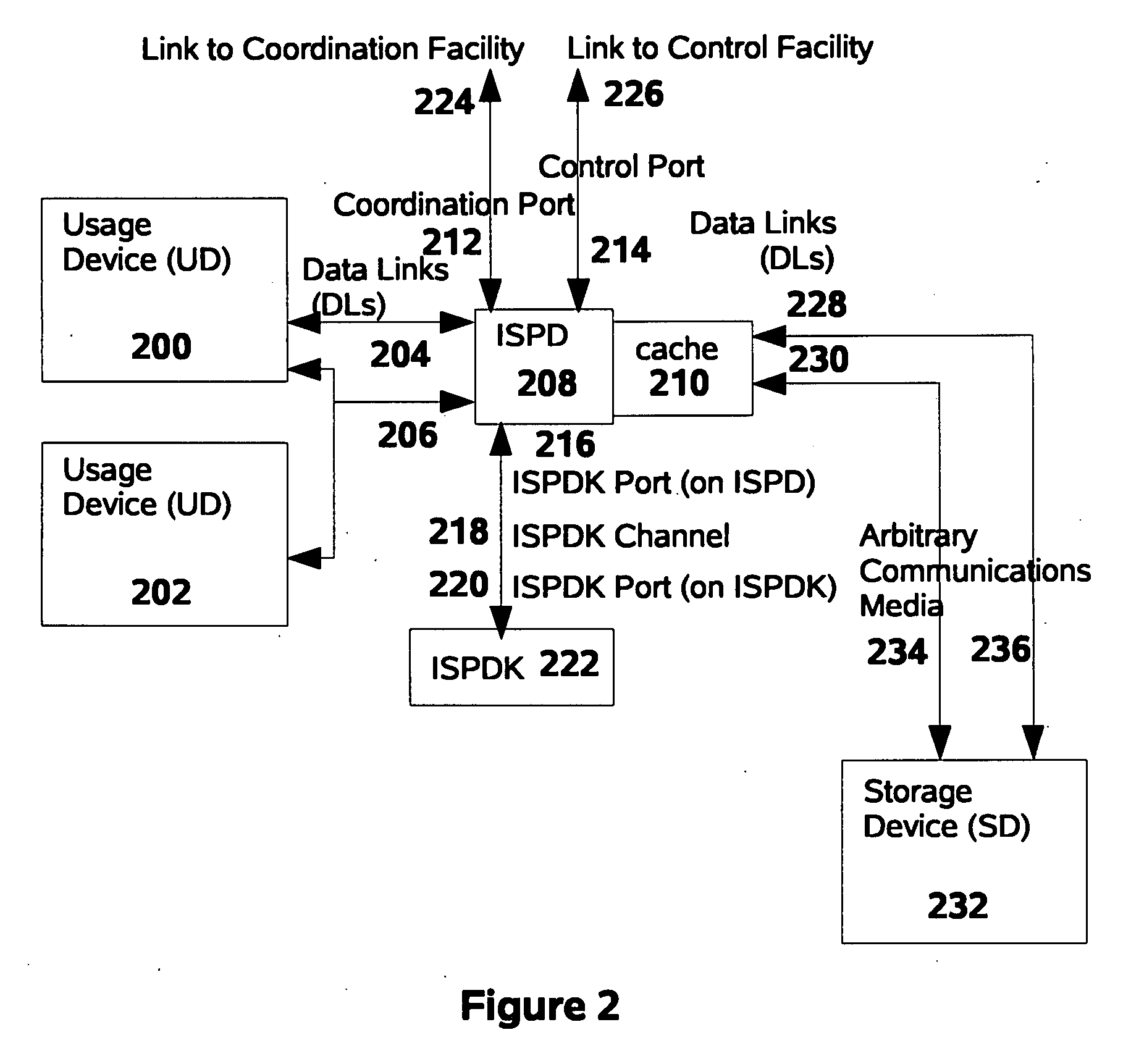Inline storage protection and key devices
a technology of key devices and storage protection, applied in the field of data security, can solve the problems of not being completely trusted, affecting the security of data storage, and business might well not trust its employees to keep this data secure, and achieve the effect of convenient use and administration
- Summary
- Abstract
- Description
- Claims
- Application Information
AI Technical Summary
Problems solved by technology
Method used
Image
Examples
embodiment
Preferred Embodiment
[0549] The generality of possible deployment situations for this invention suggests that there are many possible embodiments of it, and indeed many embodiments which easily might be considered “preferred.” The selection of this first “Preferred Embodiment,” therefore, is to some extent arbitrary. It has been highlighted as the “Preferred” embodiment primarily because it represents a very simple operational scenario. The Alternative Embodiments suggested later, and other embodiments, are no less preferable in their own contexts.
[0550] A preferred embodiment of this invention consists of an ISPD implemented to protect SDs of the DASD classification. In one such preferred embodiment, the Usage Device would be a conventional laptop computer with an external Universal Serial Bus (“USB”) port, the Data Links would be USB links, and the Storage Device would be a solid-state USB-attached “memory stick” (of the type also known as a “pen drive”). The ISPD Upstream Port an...
PUM
 Login to view more
Login to view more Abstract
Description
Claims
Application Information
 Login to view more
Login to view more - R&D Engineer
- R&D Manager
- IP Professional
- Industry Leading Data Capabilities
- Powerful AI technology
- Patent DNA Extraction
Browse by: Latest US Patents, China's latest patents, Technical Efficacy Thesaurus, Application Domain, Technology Topic.
© 2024 PatSnap. All rights reserved.Legal|Privacy policy|Modern Slavery Act Transparency Statement|Sitemap



